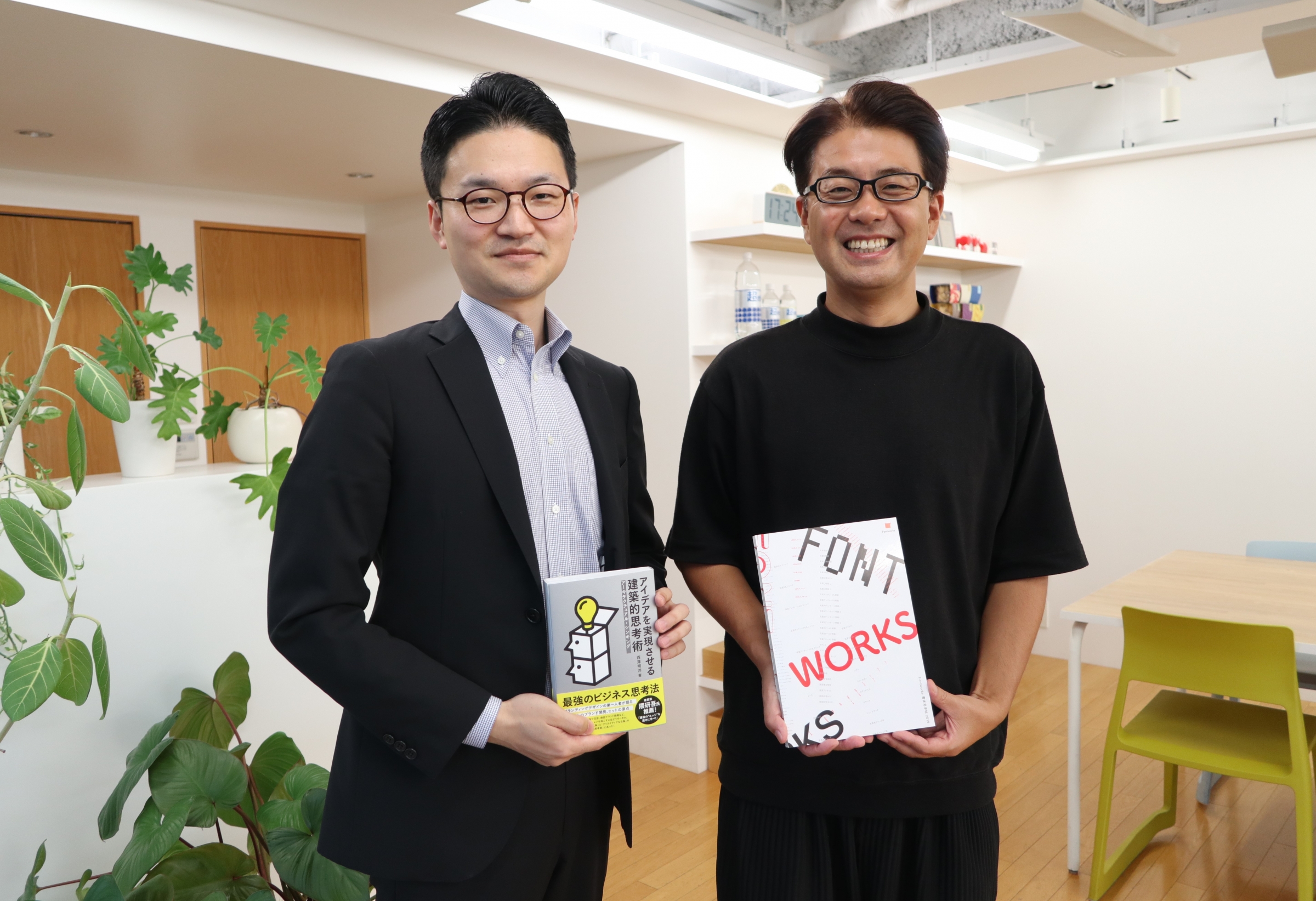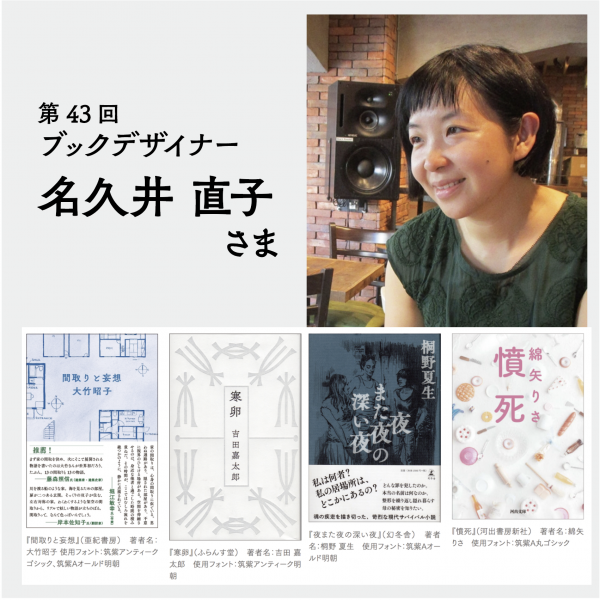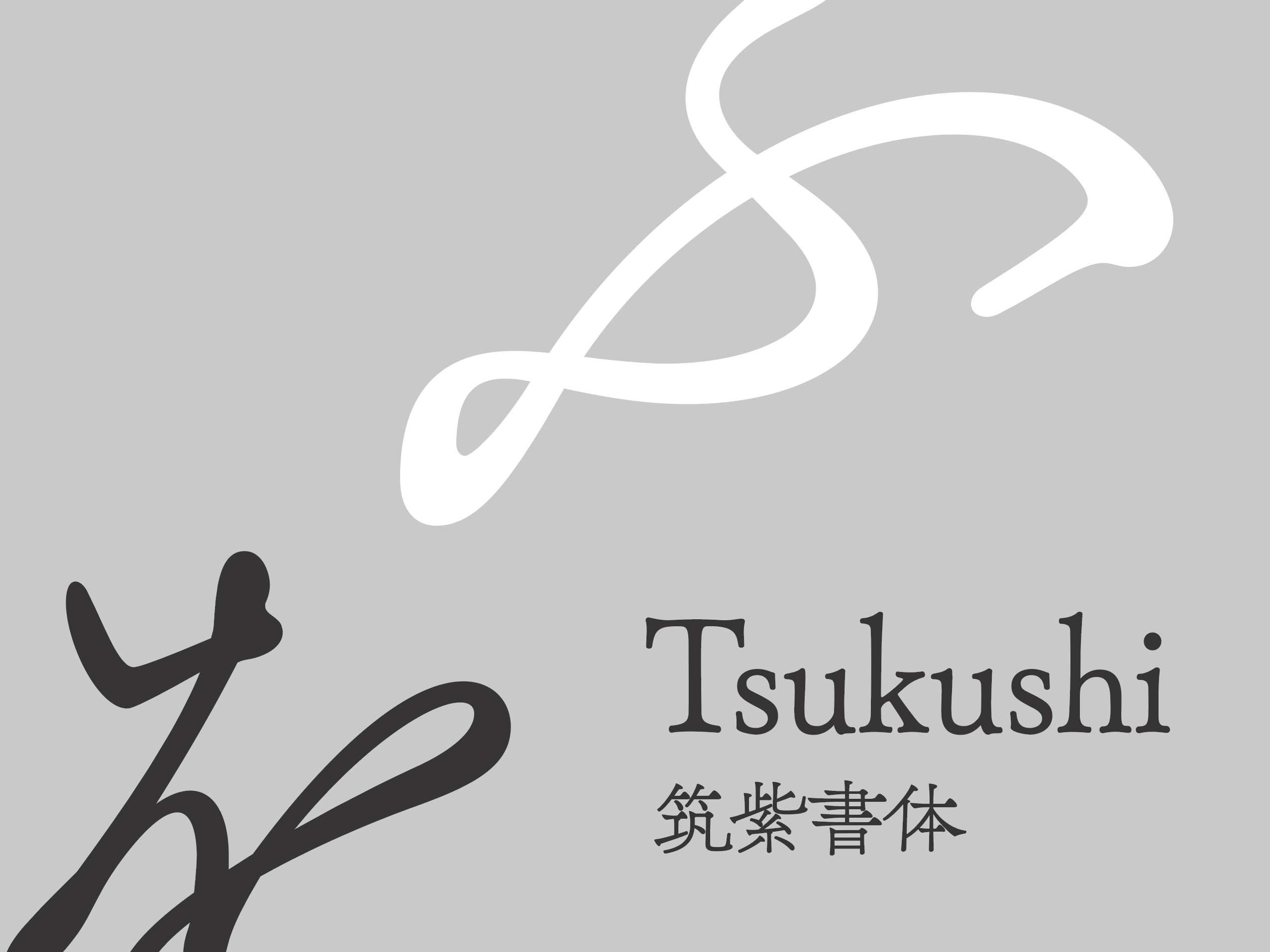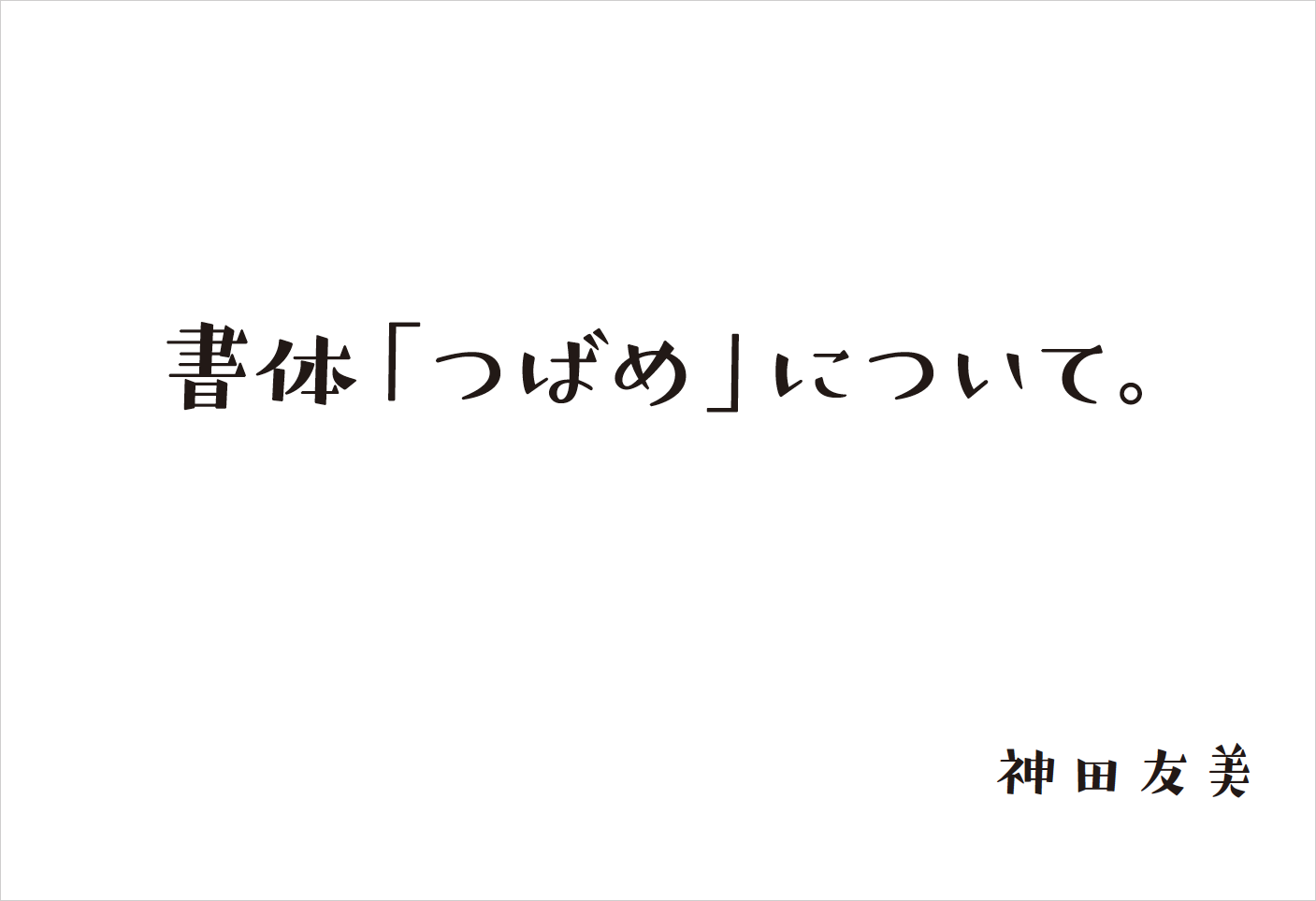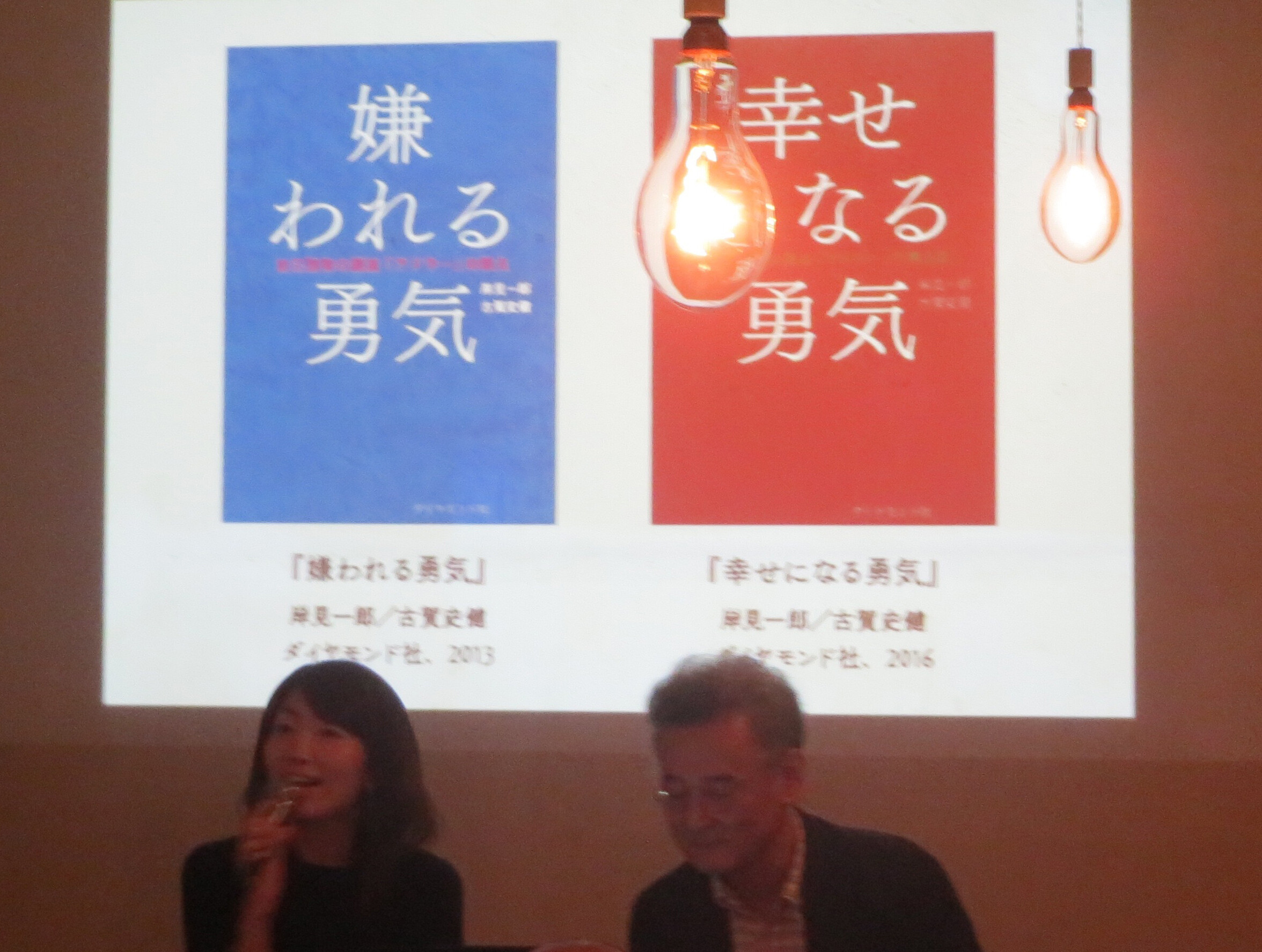こんにちは、営業部・安藤です。
「フォントを巡る冒険」第5回は、株式会社エイトブランディングデザインで代表を務める西澤明洋さんにお話を伺うべく、南青山にある本社を訪ねました。
「フォントを巡る冒険」では、エディトリアルの世界に身を置いた経験を持つ方々にお話を聞く機会がこれまで多かったですが(過去のインタビュー記事はこちらから)、今回ご登場頂く西澤さんは大学で建築学科に在籍していたという経歴を持っています。建築分野での学びが、その後の人生にどのように繋がっていったのか。彼が率いるエイトブランディングデザインという会社から見たデザインのユニークな捉え方含めて、是非お楽しみ下さい。
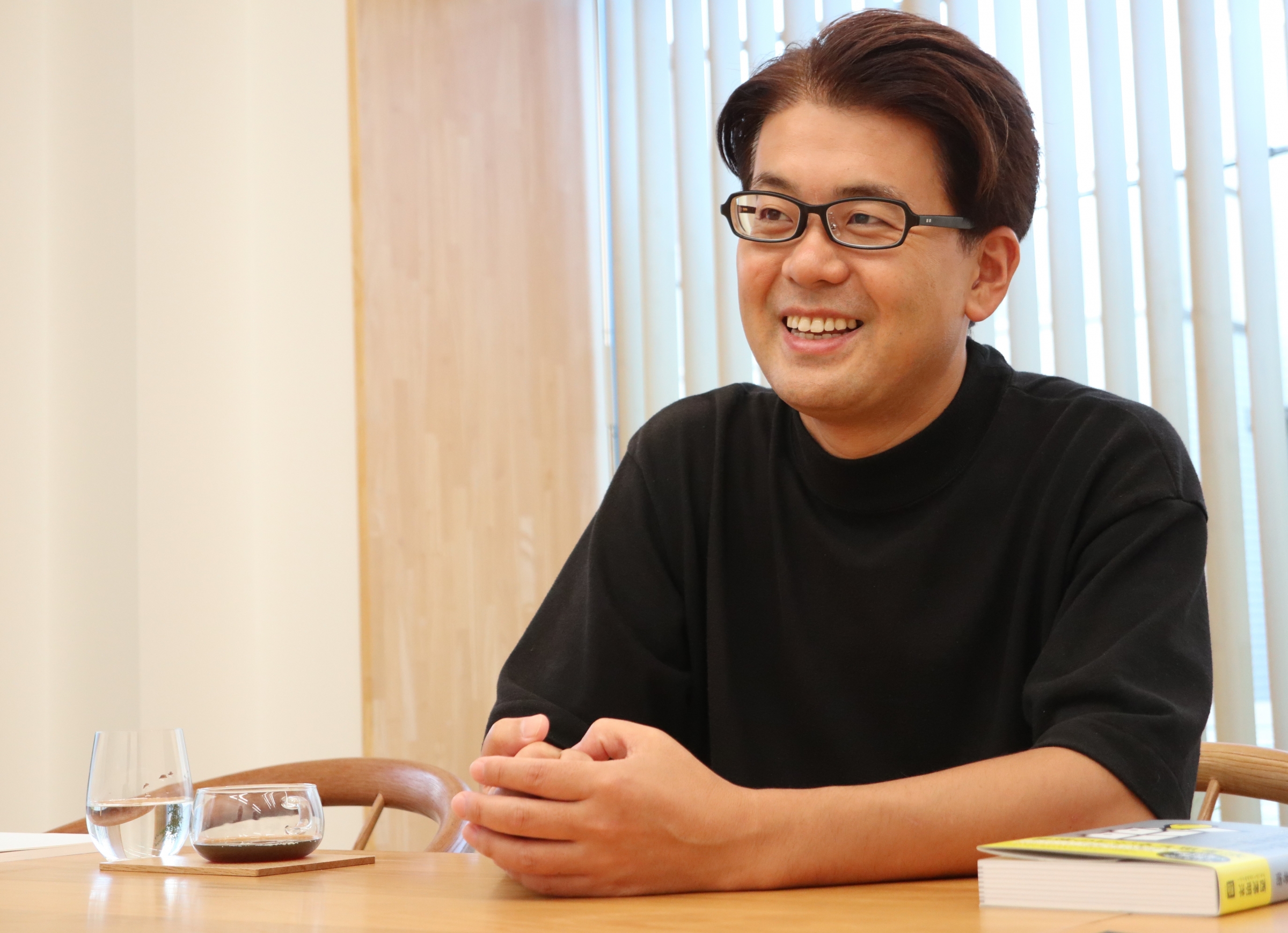
西澤 明洋(にしざわ あきひろ)
1976年滋賀県生まれ。株式会社エイトブランディングデザイン代表。「ブランディングデザインで日本を元気にする」というコンセプトのもと、企業のブランド開発、商品開発、店舗開発など幅広いジャンルでのデザイン活動を行っている。「フォーカスRPCD®」という独自のデザイン開発手法により、リサーチからプランニング、コンセプト開発まで含めた、一貫性のあるブランディングデザインを数多く手がける。主な仕事にクラフトビール「COEDO」、抹茶カフェ「nana’s green tea」、サンゲツ「WARDROBE sangetsu」、ITベンチャー「オズビジョン」、ヤマサ醤油「まる生ぽん酢」、スペシャルティコーヒー「堀口珈琲」、手織じゅうたん「山形緞通」、草刈機メーカー「OREC」、博多「警固神社」など。近著に『アイデアを実現させる建築的思考術』(日経BP社)。
「ブランディングデザイン」の進化のために、自らが動く
―― 西澤さん、大変ご無沙汰しております!数年前に、御社でフォントの使用許諾セミナーを行って以来ですね。
西澤:その節はありがとうございました。おかげで「フォントの使用については都内で一番詳しいデザイン会社」になりましたよ(笑)。
―― 恐縮です(笑)。久々にお会いしましたので、西澤さんの最近の主なご活動についてまずは教えて下さい。
西澤:『アイデアを実現させる建築的思考術』という本を、つい先日(2019/9/24)上梓しました。こちらは、「日経デザイン」での連載企画を1冊の本にまとめたもので、学生時代に建築設計を学んだけれど、建築以外の分野に進んだ方々を主な対象に取材をしています。
僕はこの本で「アーキテクチュアル・シンキング(建築的思考術)」という考え方を提唱していて、建築の設計的な考え方は他の分野に応用可能だよ、ってことを書いています。
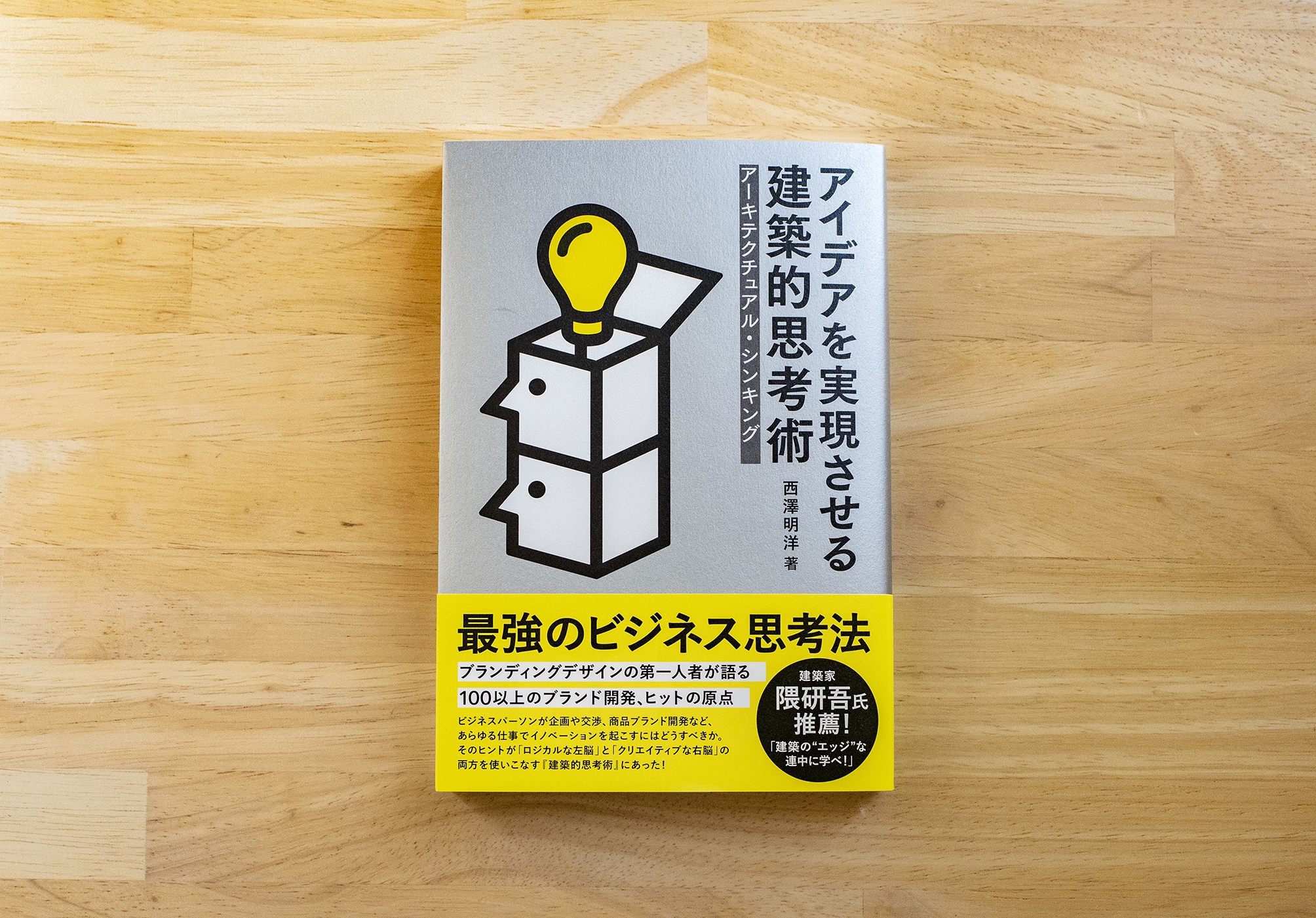
―― 西澤さんご自身が大学で建築学を専攻していたからこその発想ですよね。詳細は「本を購入して読んで」ということになるかと思いますが(笑)、本の要諦である建築的な思考というものに少しだけ触れて頂けますでしょうか。
西澤:建物って表層だけ格好良くても駄目ですよね。最近だと小学校や幼稚園の建築は非常に面白いのですが、外観もさることながら内部空間が僕らの時代と全く変わってきている。今は教室毎の仕切りがなかったり、教室と廊下が繋がっていたりします。何が起こっているかというと、クラスの仕組みや、教師と生徒の関係性が変わってきているんです。学校の運営、つまりは経営が変わった、学校が発信するメッセージが変わった、結果として校舎のデザインが変わった、と。こういう流れなんですね。
今の時代、デザイナーに求められているのは表層のデザイン以上に組織体の考え方をしっかりと把握して、一番根っこの部分からパートナーシップを組んで考え方を一緒にデザインしながら、チームとしてやり遂げることが大事だよ、ということですかね。
―― ありがとうございます。しかし、今回の『アイデアを実現させる建築的思考術』以前にも、ここ数年でデザインに関する本を複数出版されたりと、多忙な日々をお過ごしですね。
西澤:本は2~3年に1冊出版することを自分に課していますし、その他にも第一線で活躍されているクリエイターの方々をゲストにお招きして、各専門分野の仕事についてレクチャーして頂く「クリエイティブナイト」というトークセミナーを定期的に開催しています。
―― 何ともストイック(笑)。西澤さん自らが旗を振る「クリエイティブナイト」も、非常に興味深い取り組みです。
西澤:建築人の特長って、プロセスを作品と捉えているところなんです。アウトプット=作品は当然ですが、プロセスも作品と考えている。僕もプロセスがある程度まとまったら、形にして世に問う文化が体にしみついています。
「クリエイティブナイト」も実はプロセスを研究する建て付けになっていて、前半はセミナー形式でゲストに専門分野を大いに語ってもらい、後半は僕がひたすらゲストを深掘りしていくスタイル。そうやって、ゲストの人となりとクリエイティブの秘訣をじっくり探っていきます。
―― なぜ、そのような構成にしているんですか?
西澤:単純に楽しいからです(笑)。僕が尊敬している人達を呼んで、その人のコンテクストを整理して掘りまくると、僕自身の研究にもなる。もはや趣味ですね(笑)。
何より、ブランディングデザインというカテゴリーを一層進化させるためには、常に新しいプロセスやコンテクストと出会っておかなくてはいけないと考えています。僕自身、ブランディングデザイン領域でのパイオニアの自負も有りますし、それを世の中に広く伝えていくために様々な業界の人と幅広くお付き合いすることも大事だと思っています。
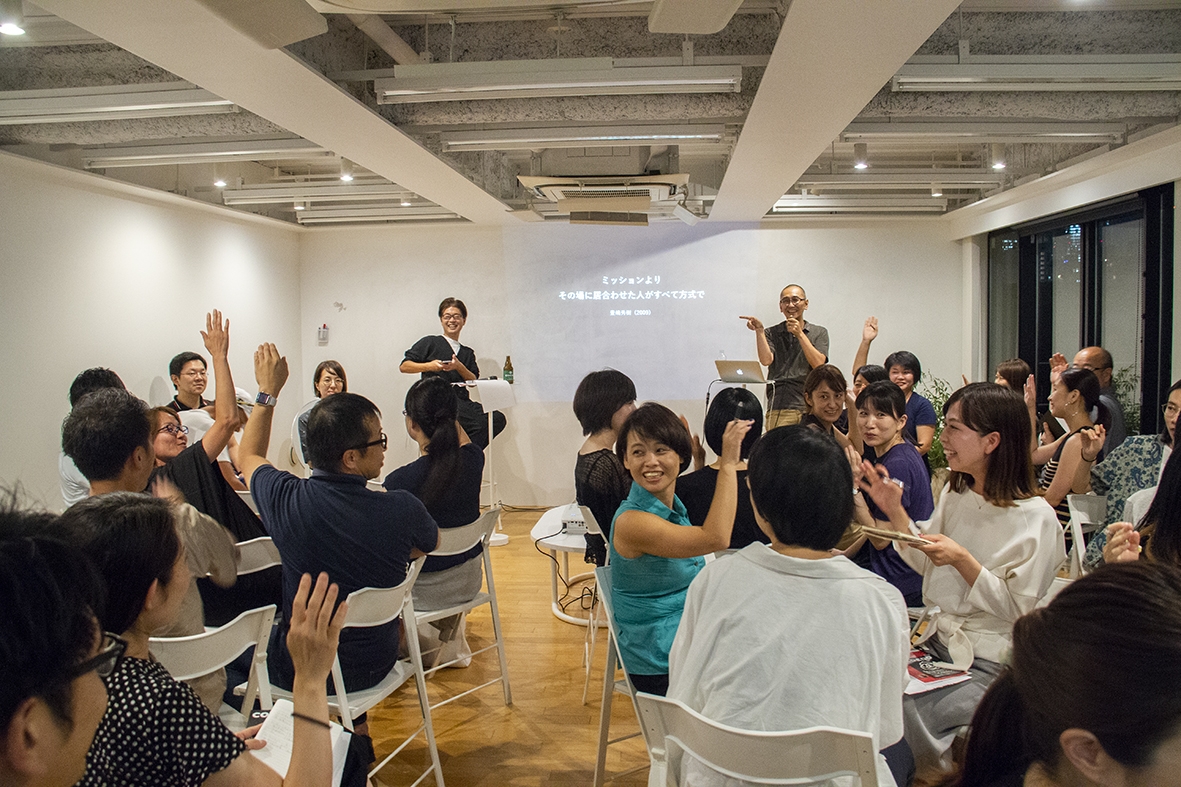
―― 御社では、定期的に社内勉強会を開催しており、時には読書課題が出されるともお聞きしています。
西澤:スタッフには本を読むことで新しい視座を獲得してほしいと思いますし、僕と社員の間で「言語が合わない」という事態が発生しないためにも、読書課題を取り入れた勉強会を行っています。
例えば、「経営」という言葉ひとつとっても、僕の考える経営とスタッフの考える経営、同じ言葉なのに認識がズレていては仕事が成立していかない。言葉の意味や認識がズレないように、社員の経営やデザインのリテラシーを上げていくということは常に意識してやっています。
―― 率先垂範タイプの代表の下で、呼応するように意識の高いメンバーが揃っている、と個人的には感じました。
西澤:確かに意識も高いけど、変わり者が多いんじゃないかな(笑)。僕、含めて。
「デザインマネジメントを極めたい!」
―― 西澤さんの人生の基軸には「建築」が有るとのことで、デザインの仕事に就くまでの経緯を改めて教えて頂けますでしょうか。
西澤:京都工芸繊維大学で建築を勉強していたのですが、在学中に「デザインマネジメント」を体系的に学べる学科(デザイン経営工学科)が日本で初めて立ち上がりました。その学科でデザインマネジメントを学び、デザインが物とか形を作るだけでなく経営の考え方から含めてトータルで携わることが出来る分野であることが素晴らしいと感じて「デザインマネジメントを極めたい!」という気持ちを抱いたことが、今に繋がる原点ですね。
――「デザインマネジメント」とは、正直聞き慣れない言葉です。
西澤:「デザインマネジメント」はデザインを経営資源として使う発想で、デザイン的な考え方が経営と融合することを指します。
―― なるほど。そして、デザインマネジメントを追求したいと考えた西澤青年は、大学卒業後に東芝に入社されました。
西澤:はい。東芝入社の理由は明確で、デザインマネジメントの視点でデザインに向き合っている会社に入社したかったということです。その視点だと大手の電機、クルマメーカーに絞られたなかで、ご縁の有った東芝に入社しました。
入社後に配属された部署はデザインセンターの中でも異色な開発部隊で、発電所向けのプロポーザルの企画立案からデザイン提案まで担当したりと、上流工程の企画からデザイナーとして携わることができました。
―― 結局、東芝には何年勤めたんですか?
西澤:期間としては2年ですね。はじめは5~6年は居るイメージだったんですけど、元々独立志向が強くて。勢い付け過ぎました(笑)。
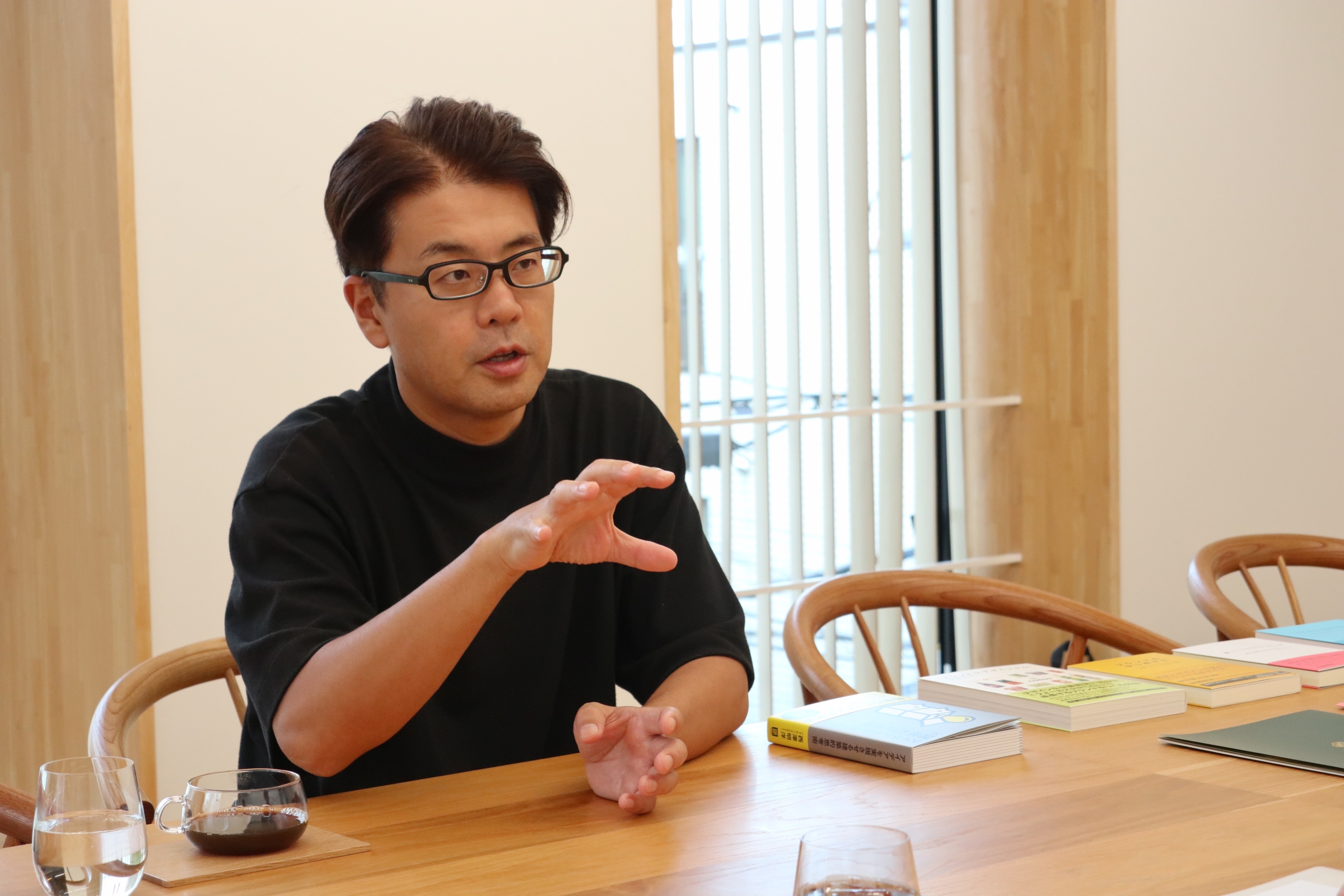
―― 2006年にエイトブランディングデザインを創業して、いよいよデザインマネジメントを本格的に追求する段階に入っていくことになるわけですけど、独立当初ご苦労は多かったでしょうか?
西澤:ご苦労だらけでしたよ(笑)。仕事が全く無かったですからね。そんな状態の中でCOEDOの朝霧重治社長、nana’s green teaの朽網一人社長のお二方と出会う機会が偶然有りました。お二方も私もまだ若く、意気投合してお互い夢を語り合って。必死にデザインに取り組んだその2社が大成功されて、それを見た他のお客様が途切れなくご縁が繋がっていったという感じですかね。
―― COEDOとnana’s green teaのヒットは御社としても大きかったですか?
西澤:COEDOとnana’s green teaのおかげで、今の僕らが有ります。朝霧さん、朽網さんの2人の経営者を僕は尊敬してますし、今でも頭が上がらない(笑)。
そもそも、僕がデザインをマネジメントから考えないといけないと言えるようになったのは、仕事が無かった時代に、お二方と一緒に「こういう企画やりましょう!」「こういうデザインやりましょう!」と侃々諤々やってきたからです。そこで徹底的に鍛えられましたし、「経営をデザインする」ということが分かってきたのは、間違いなくお二方のおかげだと思いますね。
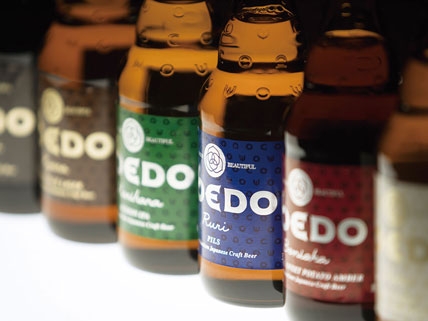
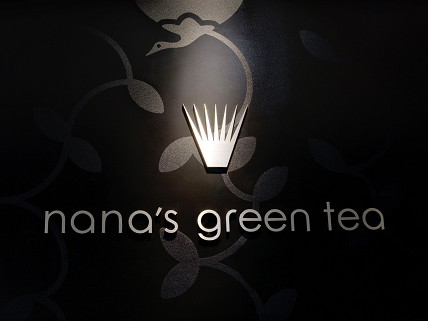
「ブランディングデザインの3階層®」とは?
―― 御社のポートフォリオを拝見して、福岡本社の企業としては天神地区に鎮座する「警固神社」のリブランディングに関しても是非お聞きしたいと考えておりました。
西澤:警固神社の宮司である前田安文さんから頂いた「60年後も神社としての形を保って存続させたい」という依頼を元に、約400年振りの社紋変更となるリブランディングを行ったものです。
400年以上使われ続けてきた社紋は社を寄進した武家紋だったため、こちらを本紋と設定しつつ、「警め(いましめ)固る(まもる)」という神様の由緒を現したアイデンティティを社紋として、僕らは社紋の新しいデザインをおつくりさせて頂いたんです。□(しかく)と〇(まる)という抽象性が非常に高い、根源的な造形を組み合わせてアイデンティティを構築しました。
―― 60年後と言わず、今この場にいる人間が誰もいなくなった世界にも、確実に残っていくデザインだと思います。
西澤:「固」という漢字を抽象化して□と〇で社紋を表現しました。色も武家紋(紫色)の流れをいたずらに変えず、受け継ぎ発展させた。デザインしていないようでしている。自慢したいロゴです(笑)。勿論、ロゴの商標も取れていて、知財としても確保しています。また、同敷地内に鎮座する今益稲荷神社のリブランディングも行い、警固神社と並行して社紋の変更を行えたのも良かった。
そもそも、前田宮司の「ブランディング観点で神社のデザインをやってみたい」という発想が天才的ですよ。経営者としての宮司のご判断があったからこそのデザインだと思います。
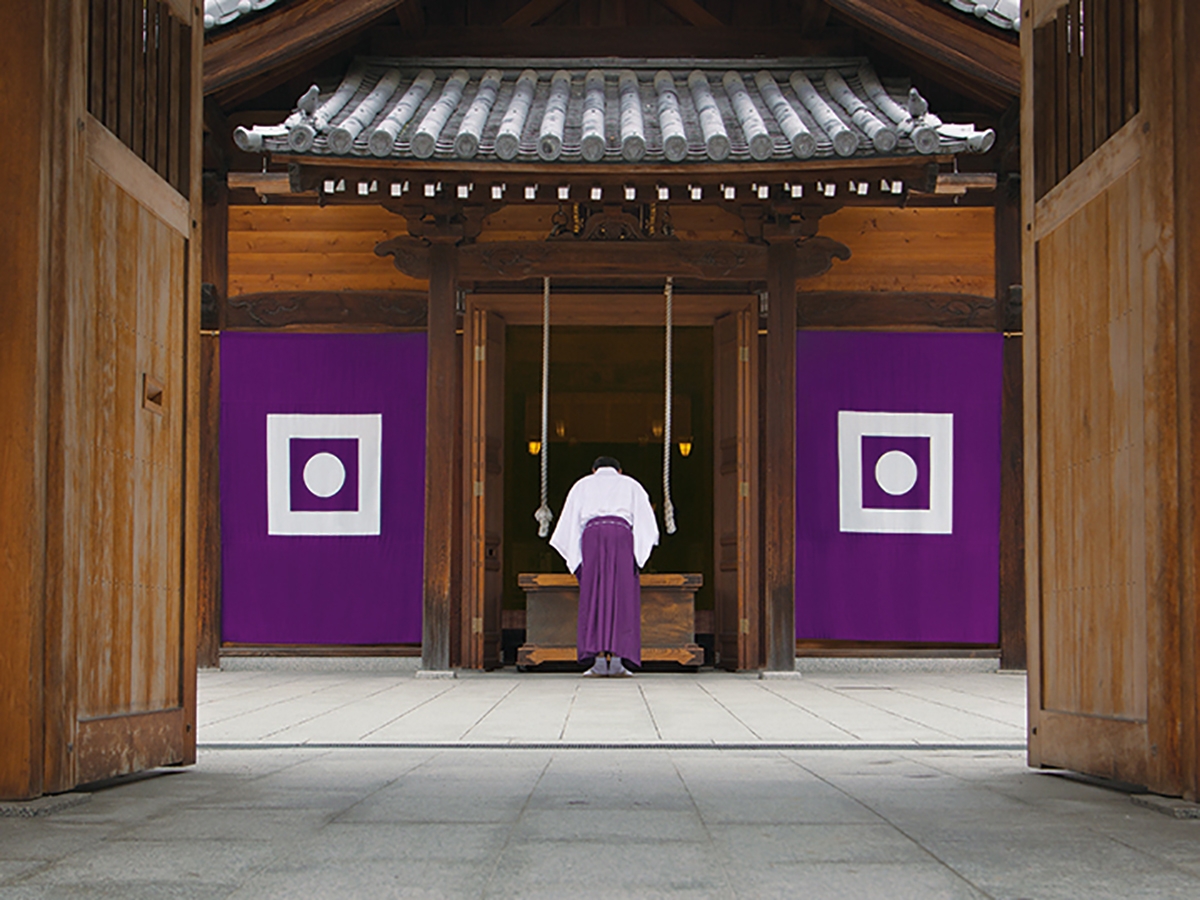
―― 警固神社のリブランディングは前田宮司に先見の明が有ったとはいえ、御社の強みの顕在化は間違いないと思います。背景として、西澤さんは独自に「ブランディングデザインの3階層®」という概念を設定して、社内外に浸透させていますよね。これについても詳しく教えて下さい。
西澤:ブランディングデザインをピラミッド型の3階層で考えるものです。例えば、飲食店であれば料理の味(コンテンツ)にこだわるとかは誰でも思いつくし、差異化の持続性があまり有りません。本当の意味で差異化の要因が強くて持続性に繋がるのは、料理を生み出す「背景」、マネジメント階層へのフォーカスなんです。
社員の教育システムだったり、店舗オペレーションのマニュアルだったり、そういった仕組みや経営フェーズにまで踏み込んで、マネジメントの階層で差異化の要因を作っておけば、ブランドとして長期間に渡って強みが継続します。そして、その強みをデザインで具象化していく。これが僕の考える「ブランディングデザインの3階層®」の基本となる考え方です。この考え方は多くの経験を経て、最近ようやくクリアに説明できるようになってきました。次出版予定の『ブランディングデザインの教科書』に詳しく書くつもりです。

―― 御社としては、ピラミッドの頂点にあるマネジメントのみならず、真ん中のコンテンツ、一番下のコミュニケーションまで一気通貫でサポートするということでしょうか。
西澤:そうですね。勿論、各階層への関与度は異なります。コピーや企画、グラフィックといった一番下のコミュニケーションのデザイン部分はほぼ100%関与出来ますが、コンテンツのデザイン部分は30~50%程度、経営の戦略レベルになると関与度はせいぜい10~20%程度です。
ただ、外部のクリエイター視点で経営戦略に対してアイデア出しをしている会社は殆ど無いですし、アイデアが投入されて、刺激を受けた経営者が戦略をクリエイティブに舵を切るっていう流れが大事で、その流れを生み出す最適な方法論だと考えています。
―― 「ブランディングデザインの3階層®」という概念を中心に据えることでエイトブランディングデザインも会社の基盤が一層強固になってきているタイミングかと思いますが、西澤さんの現在の興味・関心はどのあたりに有りますか?
西澤:キーワードとしては「ローカル」「コミュニティ」ですね。ローカルの方々が行っている取り組み、コミュニティの作り方がブランディングに応用が利くということが分かっていますから、案件によってはその方法論を取り入れてます。実は、僕らも千葉県いすみ市にサテライトオフィスを作る計画を着々と進めています。福利厚生とか働き方改革みたいな切り口ではなくて、ブランディングデザインを進化させるためですが(笑)。
―― 何という高尚な理由でしょう(笑)。
「ブランディングデザイン」を通じて、日本を元気にしたい!
―― すいません、西澤さんのお話が面白すぎて、フォントメーカーの人間という立場で本日取材に伺っているのをすっかり忘れておりました(笑)。最後にフォントについても少しお聞かせ下さい。ブランディングデザインのプロセスにおいて、当社の書体をご使用頂くようになったきっかけはどこに有りましたでしょうか?
西澤:「筑紫書体、綺麗だな」と思って使い始めたと記憶しています。筑紫書体から始まり、派生のフォントを含めて「字力」が高い。ブランディングのレベルが高いな、と感じました。現在も筑紫書体を中心にデザインの現場で採用していますね。
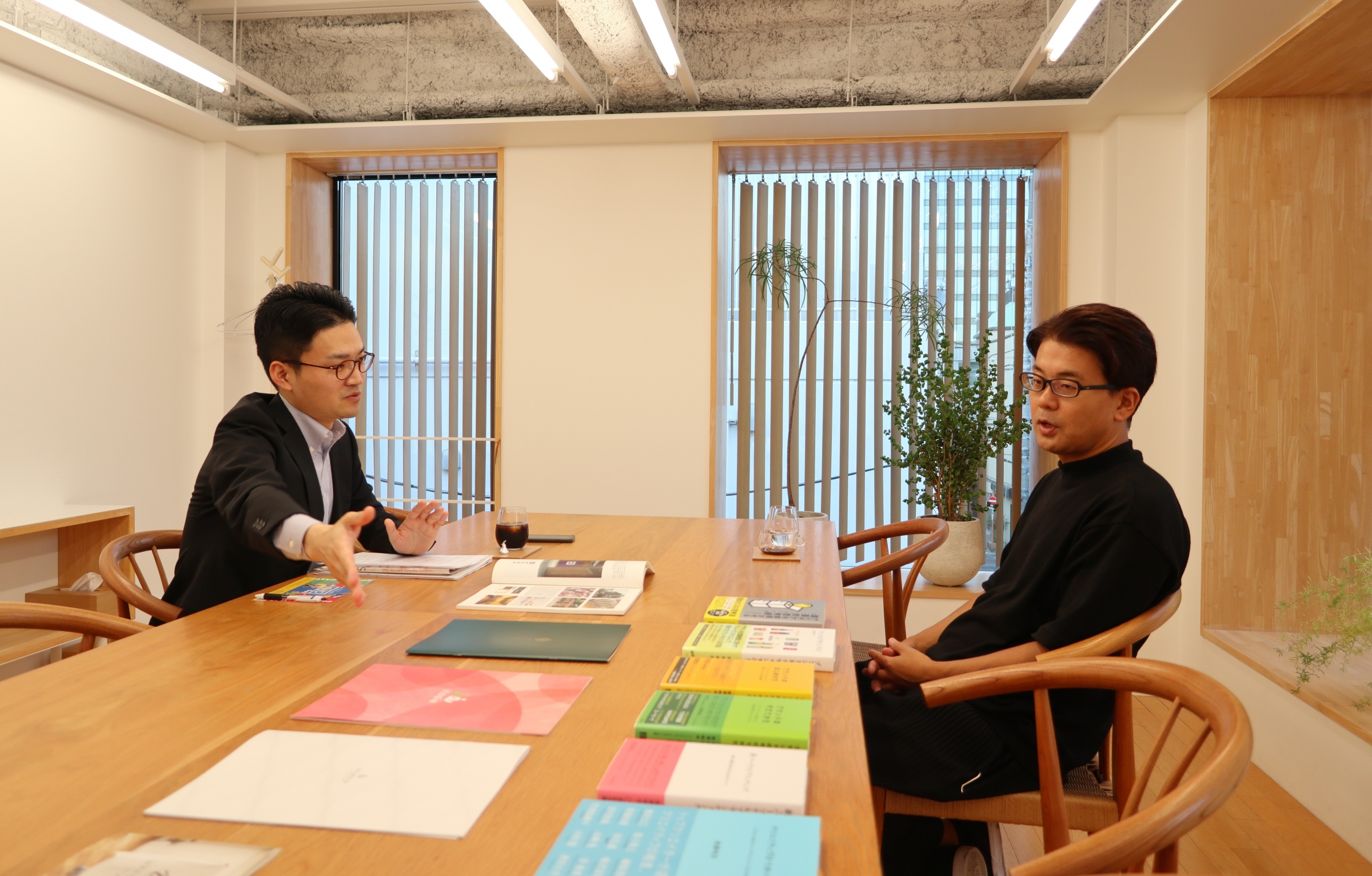
―― 御社のクライアント様でも『LETS』をご契約頂いているところが数多く有りますよね。
西澤:『LETS』はデザイナーフレンドリーな仕組みですから。知財を取り扱う人間として知財周りに保守的になる気持ちは分かるんですが、許諾の捉え方に依って僕らやクライアントにデメリットが発生する契約は行いたくないというのが前提として有ります。
フォントは公共性が高いものだと思いますし、メーカーには公共的な概念を持ってほしいと常々考えていますが、『LETS』の契約体系はそのあたりをちゃんと考えて頂いていると感じます。僕らも『LETS』収録の書体を活用させてもらってますし、クライアントにも『LETS』を積極的に推薦しています。
―― 今年の8月にはクライアント様にWebフォント・サービス『FONTPLUS』を新規ご契約頂くなど、御社を基点に当社書体のご使用の輪が広がっており、本当に有難い限りです。
西澤:ブランディングデザインは「経営の可視化」のための手法です。経営にとっての最適解を見つけることに向き合うことが楽しいですし、クライアントの生き様を生き生きと表現し、自信満々に活動してもらうためにデザインを使って頂くという感覚が常に有ります。ここの文字表現の部分で、御社書体には引き続きお世話になると思います。
―― 今後も文字周りから御社を力強くご支援させていただきます!最後に、御社と西澤さんの「未来予想図」を教えてください。
西澤:会社としては、高いクオリティでブランディングデザインの実践と研究を積み重ねていきたいと考えています。ブランディングデザインを通じて日本の多くの企業と接点を持って経営の勉強をさせて頂く流れで、ひとりひとりの面白い人達に出会って彼らを元気にするお手伝いを通して、結果として日本を元気にしていければと思っています。
僕個人としては、「デザインマネジメントを極めていきたい」という気持ちは当然有ります。極めるって言ってるけど、最後まで極められないのも分かっている。でも、経営とデザインの幸せな関係性をこれからもずっと追求していきます。飽きずに死ぬまでやり抜きますよ(笑)。
―― 西澤さんご自身が一番楽しんでいる様子が窺えます。
西澤:僕ね、大学の研究室でやってた感じ、その延長線上で飯を食っていきたいといつも思っているんです。楽しみながら飯を食える、これが一番最高じゃないですか(笑)。
―― 共感しかないです(笑)。本日は、貴重なお話をありがとうございました!

After Recording 取材を終えて…
私たちは「ブランディングデザイン」を行うことで、
ブランドをつくり出すことを提案しています。
ただ良いものを作るだけでなく、「良いということを正しく伝える」ことで、
多くの人に手に取ってもらえる状況をつくり出します。
エイトブランディングデザインのWebサイトに掲載されている、企業としてのスタンスが明示された箇所です。「良いということを正しく伝える」。言葉にすると簡単なようで、実際はとても難しい。彼らはそこに「ブランディングデザイン」という手法で真摯に向き合っています。取材を通じて特に印象に残っているのは、「ブランディングデザインの3階層®」の考え方。マネジメント階層での差異化がブランド力の一層の強化に繋がるという発想は、個人的にも今後の人生に役立ちそうな気がしています。
なお、西澤さんにご紹介頂いた最新刊『アイデアを実現させる建築的思考術』の締めの章に、こんなくだりが有りました。
結局は、学びは出会いからです。新しい知恵や知識に出合うには「人・本・旅」が大切だというライフネット生命創業者の出口治明さんの記事を読みましたが、まったく同感です。いろんな人に会って、いろんな本を読んで、いろんな場所に行く。そうした出会いのインプットが、また新しいアウトプットを生み出します。
(pp.349「新しいデザインをつくるために」より)
西澤さん自身が「人・本・旅」との出会いを通じてブランディングデザインという概念を常にブラッシュアップしている、出口さんの言葉の体現者で有ることが今回の取材を通じて良く分かりました。
「欧米企業がやるような分業制でシステマティックな経営より、人がきちんと出てる感じがする日本の経営スタイルの方が好き」と語る西澤さんが、建築的なアプローチをベースに、関わった日本の企業を今後も力強く導いていく様子が目に浮かびます。何より、ブランディングデザインを駆使して「日本を元気にする」という高い志を持った企業に関われる幸せを心から感じます。
最後に忘れられないエピソードをひとつ。
「フォントワークスって、書体デザイナーは今何名いるの?」
という筆者への問いかけからスタートし、
「クリエイティブが経営を支えてる。デザインが経営資源として使われている好例じゃないかな」
「でも、デザイナーを数名増やしてコーポレートのデザインをやっていく広報的なスタンスを取り入れた方が、企業としてはもっと跳ねそう!」
西澤さんによるフォントワークスの企業研究が、取材中に早速始まっていました(笑)。
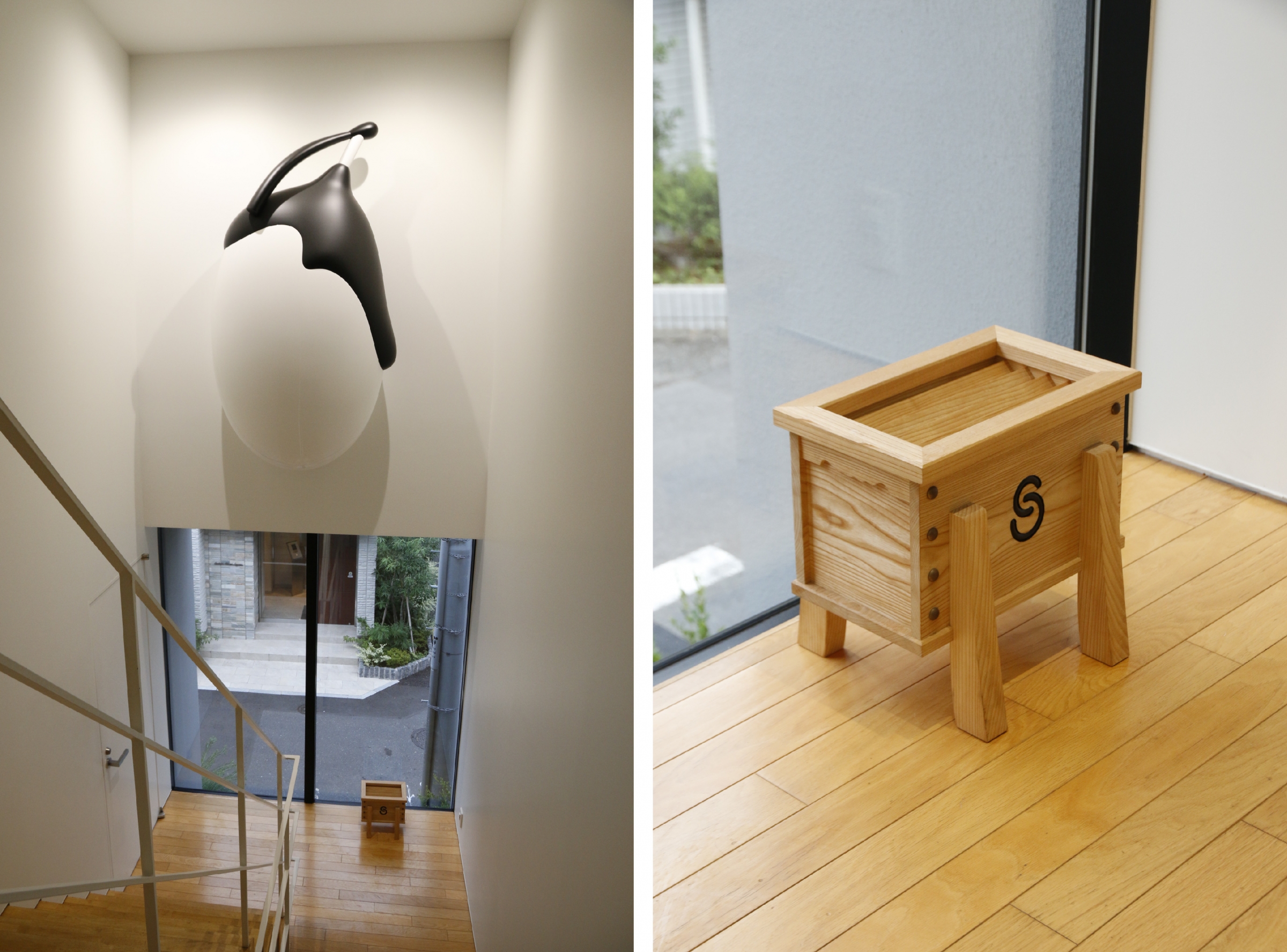
取材日:2019年9月30日
写真=エイトブランディングデザイン、まめぞう
